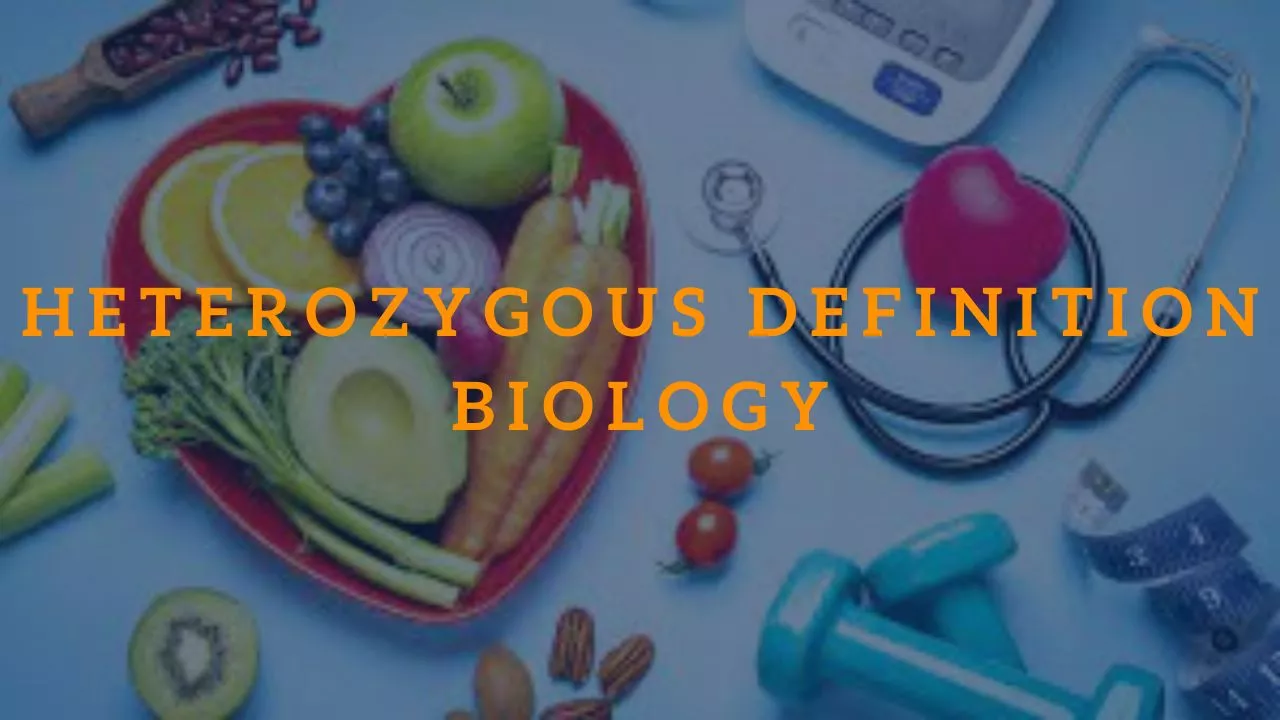Genetics is a fascinating field that studies the inheritance and variation of genes. Heterozygous is a term used in genetics to describe a genotype where an individual has two different alleles for the same gene. In simpler terms, heterozygous means having two different versions of a gene.

Understanding Genes and Alleles
Before we dive into heterozygous, it’s essential to understand genes and alleles. Genes are the basic units of inheritance that carry genetic information from parents to offspring. Alleles are the different versions of the same gene, and they can be dominant or recessive.
What Does Heterozygous Mean?
Heterozygous refers to an individual who inherits two different alleles for the same gene. It means that the two alleles are located on the same chromosome, and they code for different variations of the same trait. For example, if we take the gene for eye color, the alleles could be brown and blue.
Examples of Heterozygous
Let’s take another example to understand heterozygous better. Suppose a person inherits one allele for brown eyes from their mother and another allele for blue eyes from their father. In this case, the person is heterozygous for the eye color gene, and their eyes will be brown because brown is a dominant trait.
Dominant and Recessive Traits
Dominant traits are the ones that are expressed in the phenotype even if an individual has only one copy of the dominant allele. On the other hand, recessive traits are expressed only when an individual has two copies of the recessive allele.
Mendelian Inheritance
The principles of heterozygous and homozygous alleles were first described by Gregor Mendel, who is known as the father of genetics. He discovered that traits are inherited in a predictable manner through the passing of genes from parents to offspring.
Co-Dominance and Incomplete Dominance
Apart from dominant and recessive traits, there are two other types of inheritance patterns: co-dominance and incomplete dominance. In co-dominance, both alleles are expressed in the phenotype, while in incomplete dominance, the phenotype is a blend of both alleles.
Heterozygous Advantage
Heterozygous advantage is a phenomenon where heterozygous individuals have a higher fitness level than homozygous individuals. This is because heterozygosity can provide resistance to certain diseases and environmental factors.
Examples of Heterozygous Advantage
One of the most well-known examples of heterozygous advantage is sickle cell anemia. Heterozygous individuals have one allele for normal hemoglobin and one allele for sickle cell hemoglobin. This provides resistance to malaria, which is prevalent in regions where sickle cell anemia is common.
Heterozygous in Evolution
Heterozygosity plays an essential role in evolution by providing genetic variation. This variation allows populations to adapt to changing environments and gives them a better chance of survival.
Genetic Disorders and Heterozygous
Some genetic disorders are caused by inheriting two copies of a mutated gene, one from each parent. In these cases, being heterozygous can be beneficial because it reduces the risk of developing the disease.
Heterozygous in Plant Breeding
Heterozygosity is also useful in plant breeding because it allows breeders to create plants with desirable traits by crossing different varieties. By selecting heterozygous offspring, breeders can achieve genetic diversity and improve the overall quality of the crop.
Heterozygous vs. Homozygous
Homozygous is the opposite of heterozygous, where an individual inherits two identical alleles for the same gene. Homozygosity can be either dominant or recessive, depending on the trait being studied.
Testing for Heterozygous
There are several ways to test for heterozygosity, including DNA sequencing, PCR, and gel electrophoresis. These techniques allow scientists to identify specific alleles and determine whether an individual is heterozygous or homozygous.
Risks of Heterozygosity
Although heterozygosity can be beneficial, it can also increase the risk of genetic disorders in some cases. For example, some genetic diseases are caused by inheriting a mutated allele from one parent and a normal allele from the other parent.
Conclusion
In conclusion, heterozygous is a term used in genetics to describe an individual who inherits two different alleles for the same gene. It is an essential concept in genetics and plays a significant role in inheritance patterns, evolution, and plant breeding. Understanding heterozygosity can help us better understand genetic diversity, genetic disorders, and the inheritance of traits.
See you again at our other interesting article!
